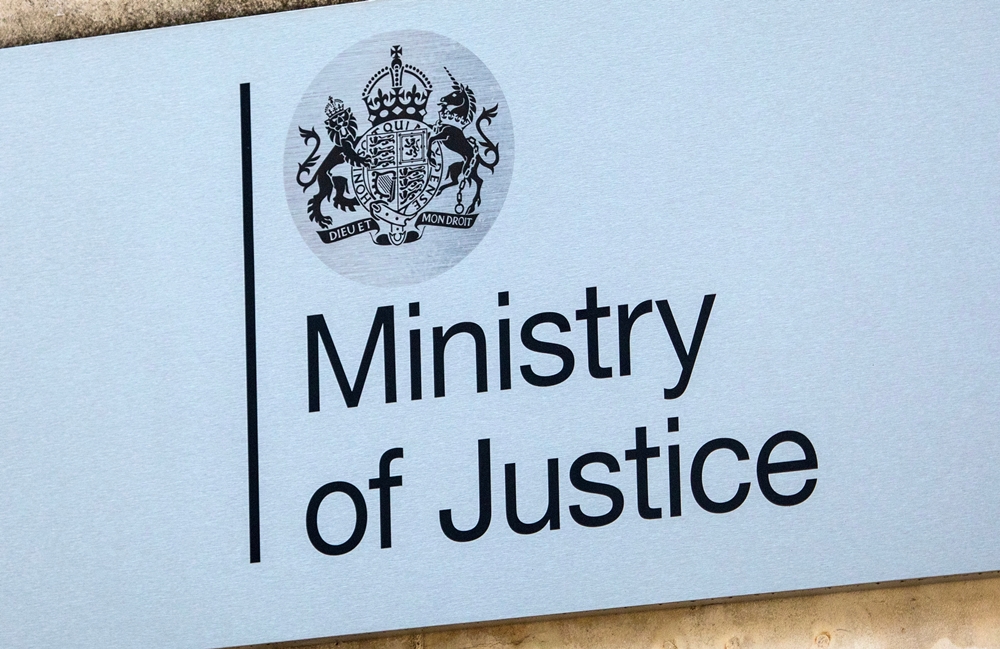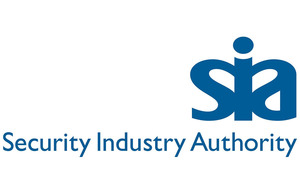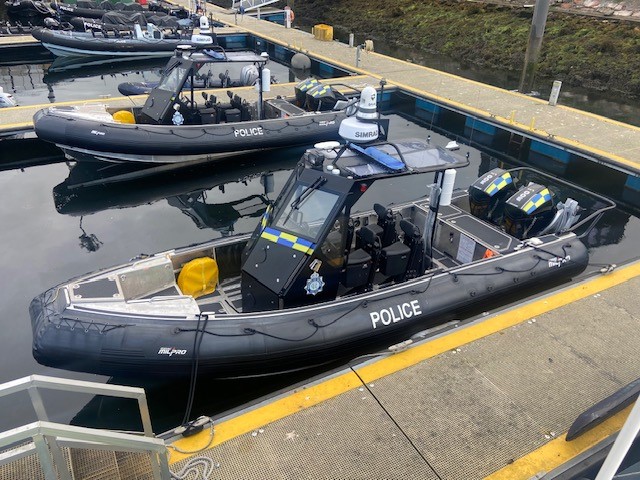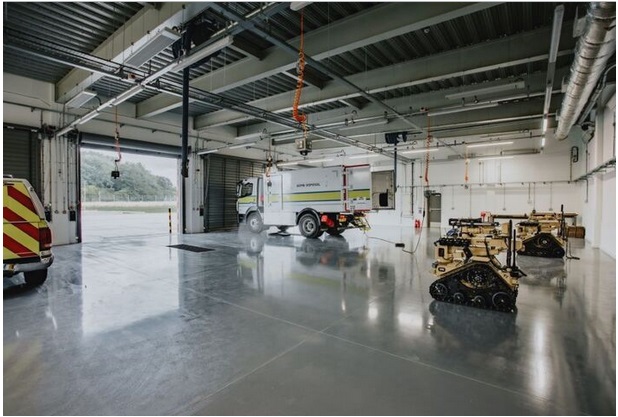Met makes arrest milestone using LFR
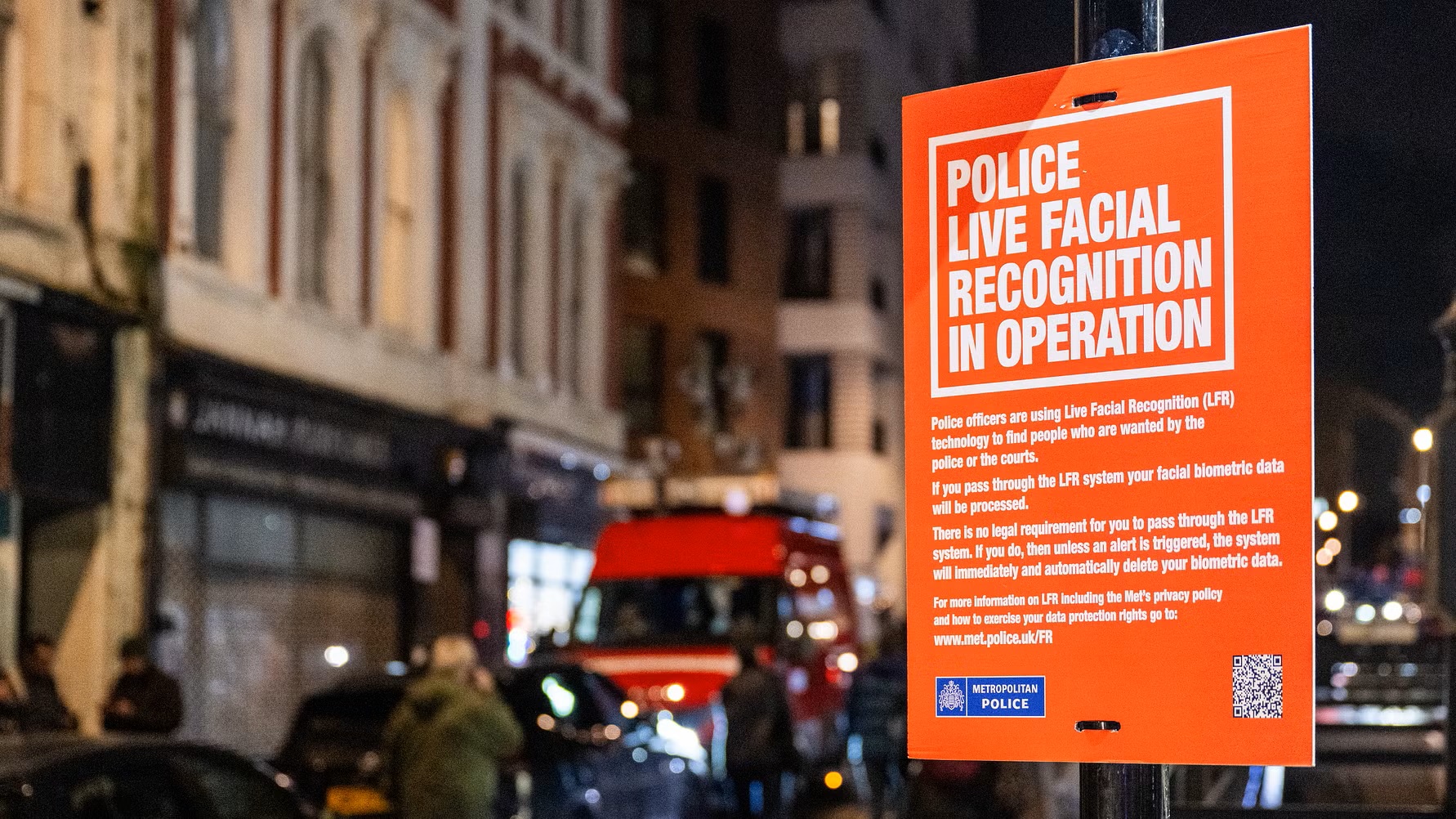
Image courtesy the Met
Among these arrests are more than 100 individuals allegedly involved in serious violence against women and girls (VAWG) offences such as strangulation, stalking, domestic abuse and rape.
The Met is taking the lead in utilising this technology to make London safer, using it to identify and apprehend offenders that pose a significant risk to its communities. Of those arrested, a total of 773 have been charged or cautioned.
These offenders may otherwise have remained unlawfully at large, posing a continued threat to the public and taking up much more officer time to locate them.
LFR is helping to apprehend wanted criminals in London and catch those who are breaking bail conditions without the need for extensive police resources or frequent visits.
Lindsey Chiswick, lead for LFR at the Met and nationally, said: “This milestone of 1,000 arrests is a demonstration of how cutting-edge technology can make London safer by removing dangerous offenders from our streets.
“Live Facial Recognition is a powerful tool, which is helping us deliver justice for victims, including those who have been subjected to horrendous offences, such as rape and serious assault.
“It is not only saving our officers’ valuable time but delivering faster, more accurate results to catch criminals – helping us be more efficient than ever before.”
Each deployment is made up of an LFR team as well as a number of neighbourhood officers in the vicinity to talk to those identified and make necessary arrests.
LFR interventions don’t always result in arrest. The tool is often used to stop people who are flagged from the watchlist who have conditions imposed by the courts. These might include registered sex offenders and those convicted of stalking, among others.
These interventions are crucial as they are another way of police ensuring people are adhering to their conditions. In turn, communities are kept safer as a result.
The technology allows officers to catch offenders breaking their conditions which otherwise may have gone unnoticed. This is a unique and revolutionary way of policing.
In London, a breach of conditions has been identified 21% of the time.
In total, 93 registered sex offenders have been arrested by Met officers as part of the 1,035 arrests seen since the start of 2024 using LFR.
How does LFR work?
The cameras capture live footage of people passing by and compare their faces against a bespoke watchlist of wanted offenders.
If a match is detected, the system generates an alert. An officer will then review the match and decide if they wish to speak with the individual.
Met officers conduct further checks, such as reviewing court orders or other relevant information, to determine if the person is a suspect.
Importantly, an alert from the system does not automatically result in an arrest - officers make a decision about whether further action is necessary following engagement.
The Met has also implemented robust safeguards in its use of LFR.
For example, if a member of the public walks past an LFR camera and is not wanted by the police, their biometrics are immediately and permanently deleted.
The Met continues to engage with residents and councillors across London.
These sessions provide an open platform for discussion, allowing The Met to explain how LFR works, the intelligence-led process behind deployments, and the safeguards in place to protect people's rights to privacy.
For more on the Met’s use of LFR, click here: Live Facial Recognition | Metropolitan Police
Met Engage
As reported by ADVANCE last month - The Met launches Met Engage - a new way for Londoners to hear about policing in their area is being rolled out by the Met.
Local officers will use Met Engage to provide crime prevention advice, updates on ongoing incidents and investigations, and information about successful outcomes and operations.
To sign-up to Met Engage click here: Met Engage





